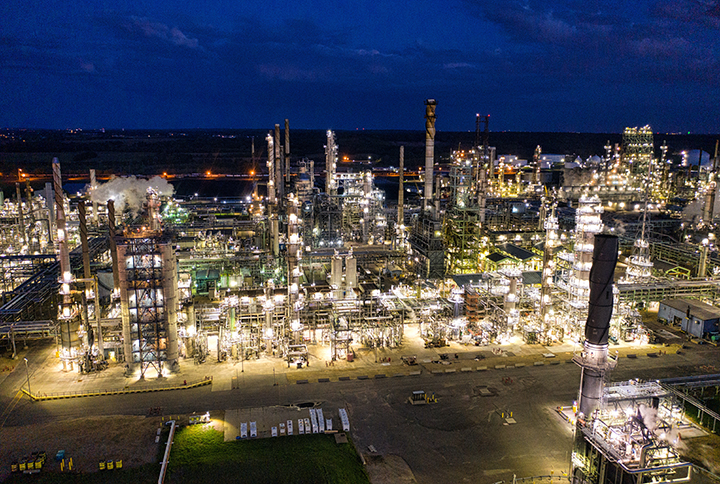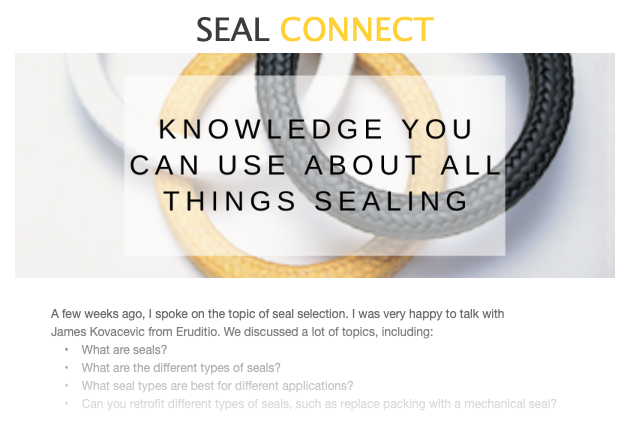Caustic Chemical Sealing: Some Things To Consider
 Sealing pumps that handle caustic chemicals presents a unique set of challenges. Caustic chemicals, often alkaline in nature, can be highly corrosive and reactive, which means that the materials and design of the seals must be carefully chosen to ensure safety, efficiency, and longevity. Here are some of the difficulties and considerations involved:
Sealing pumps that handle caustic chemicals presents a unique set of challenges. Caustic chemicals, often alkaline in nature, can be highly corrosive and reactive, which means that the materials and design of the seals must be carefully chosen to ensure safety, efficiency, and longevity. Here are some of the difficulties and considerations involved:
- Material Compatibility:
The seal materials must be chemically resistant to the caustic substance. Common materials like NBR or Viton might not be suitable, and more resistant materials like PTFE, Kalrez, or specific elastomers might be required.
- Temperature Concerns:
Caustic chemicals can sometimes be used at elevated temperatures, which can further accelerate their corrosive properties. The seal must be able to withstand both the chemical and the temperature at which the pump operates.
- Pressure Concerns:
Pumps operating under high pressure can place additional stress on seals. When combined with the aggressive nature of caustic chemicals, there’s an increased risk of seal failure if not appropriately designed.
- Physical Wear:
Some caustic chemicals can also contain abrasive particles or can lead to crystallization, which can cause physical wear on the seals.
- Safety and Environmental Concerns:
A seal failure with caustic chemicals can pose significant safety risks to operators and the environment. It’s crucial to have secondary containment or safety measures in place.
- Maintenance and Inspection:
Seals in pumps handling caustic chemicals may require more frequent inspections and maintenance to ensure they remain in good condition.
- Cost:
Due to the specialized materials and designs required, seals for caustic chemical applications can be more expensive than standard seals.
- Dynamic vs. Static Sealing:
Dynamic sealing, where there’s movement (like in a rotating pump shaft), presents more challenges than static sealing (where no movement occurs). Mechanical seals are often used for dynamic sealing in pumps and must be designed to handle the caustic nature of the chemicals.
- Venting and Flushing:
In some cases, external flush plans might be needed to keep the seal faces cool and clean, further complicating the sealing solution.
- Emission Standards:
Many industries have strict emission standards to prevent environmental contamination. Seals must be designed to meet or exceed these standards, especially when dealing with hazardous chemicals.
Sealing pumps with caustic chemicals is challenging but not insurmountable. It requires a deep understanding of the chemical properties, the operating conditions, and the available sealing solutions. Collaboration between pump operators, seal manufacturers, and chemical experts is often necessary to arrive at a safe and effective sealing solution.
Looking for a Sealing Solutions Provider?
SEPCO has sealing solutions for many applications, even those with the strictest standards and the most challenging environments. We have decades of experience in providing solutions across multiple industries. We can help.
 SEAL CONNECT
SEAL CONNECT Find Your Sealing Solution
Find Your Sealing Solution